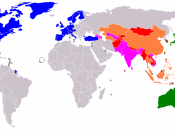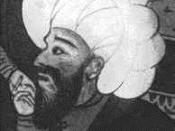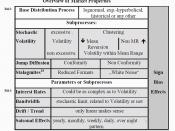Tuckman's theory is one which explains the main stages new groups or teams go through in their formation. Bruce Tuckman believed that there are four basic and predictable stages of development. These four stages include forming, storming, norming, and performing. Forming, which is Tuckman's first step to his theory, is when new members of a group or team get together for the first time, and feel uncomfortable. This first step consists of the new members to try to understand each other, define their tasks, and test personal relationships. Once everyone gets comfortable, and learns what they are supposed to do, then the second stage begins. This second stage is called storming. As group members start talking about important ideas and issues they tend to get emotional and argumentative. To avoid conflict, many teams try to skip this step. The problem with this is that without storming, team members may be unsure of individual members' roles, who is in charge, or even what the group's goal is.
In the third stage, norming, the groups begin to work better by resolving their conflicts and working as a team toward their goal. The last and final stage is called performing. During this stage the teams are more focused, decisions are made, and solutions are agreed upon.
Empirical Adequacy: Bruce Tuckman evaluated large amounts of empirical research before creating the theory in 1965 so it has very strong empirical evidence. From my own experience this is a very good evaluation of the stages in a new team or group. I have personally experienced all four stages as outlined, as well as many of his other ideas such as the aversion to the storming stage.
Prescriptive Adequcy: By learning which stages are the most important and which are often avoided can be very beneficial towards...


